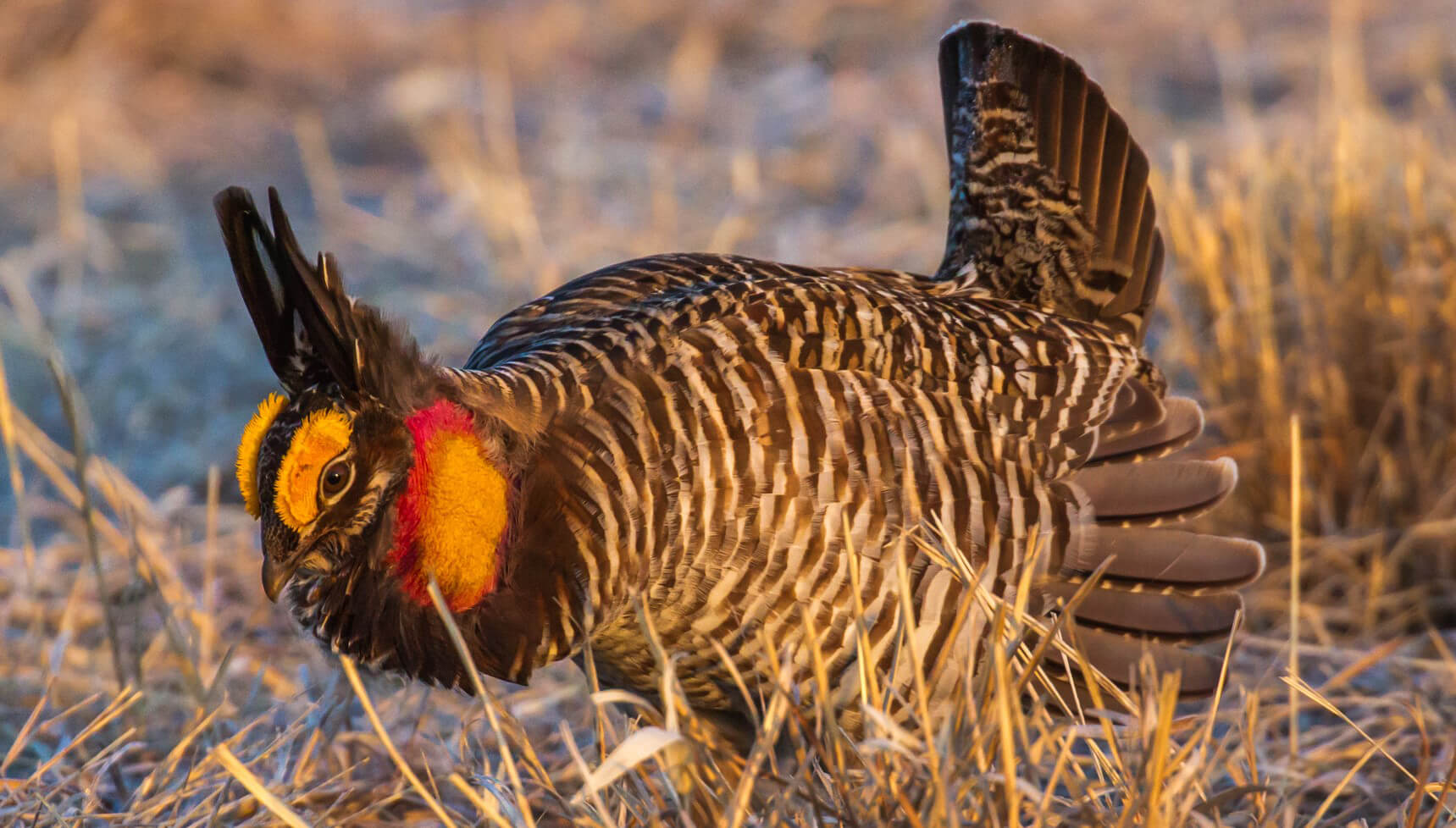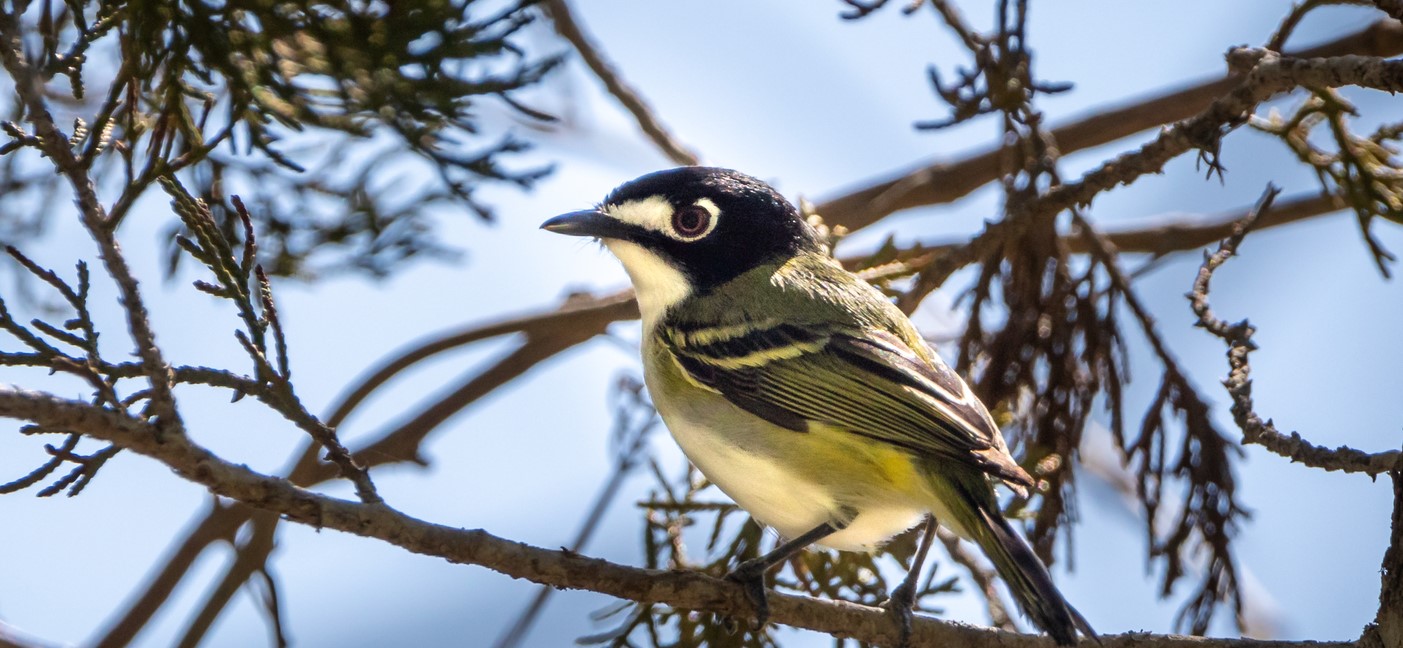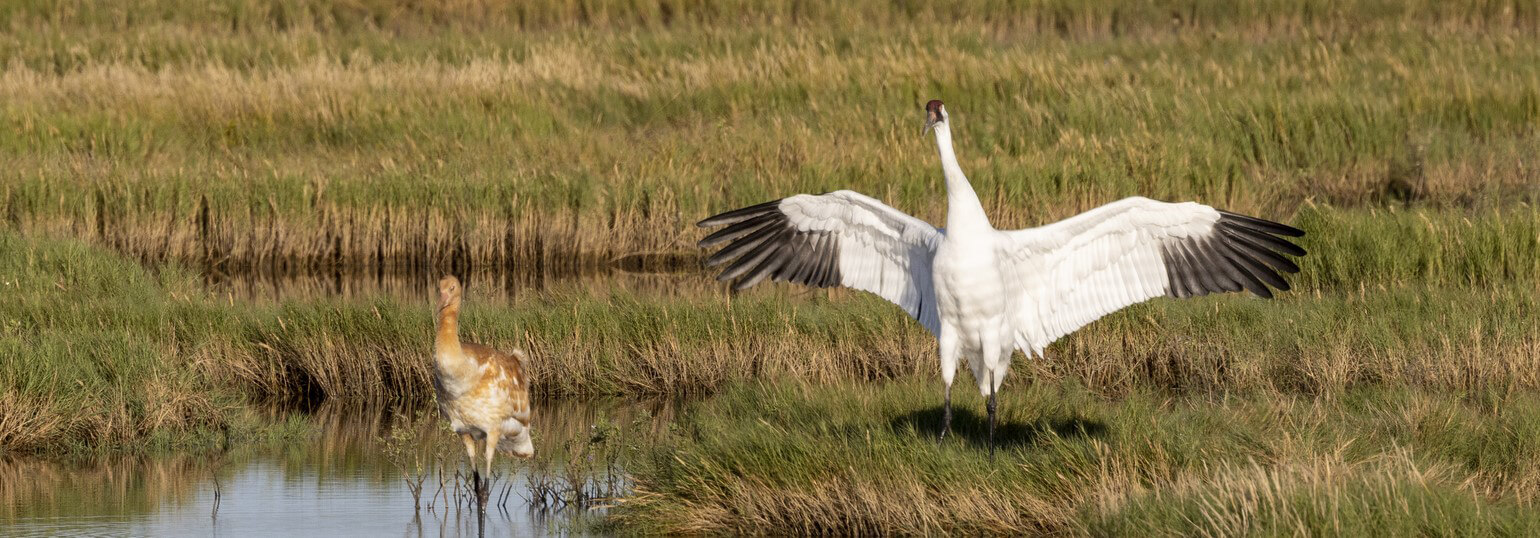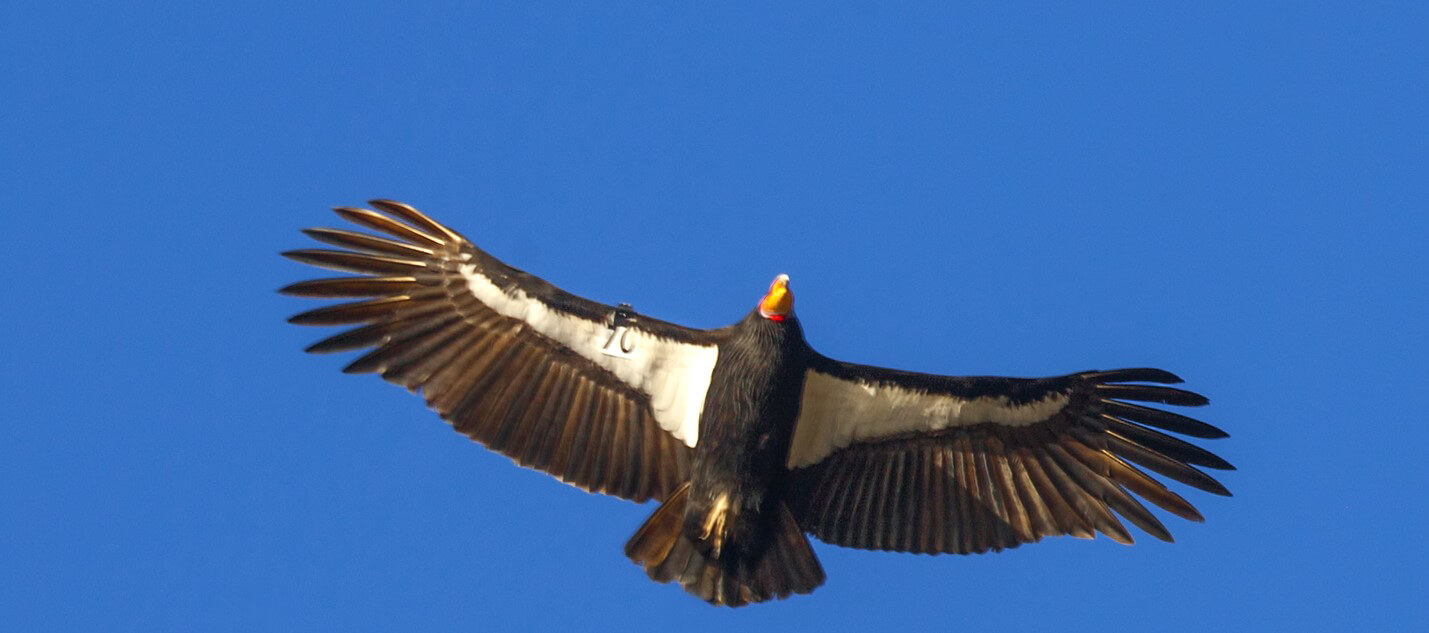
I’ve been sitting at my desk this morning, supposedly writing this week’s blog about mulch. What I have really been doing however, is staring out the window watching the hummingbirds battle at the feeders. There are only two consistently here this week, which is sad. Normally, from early September through mid October, there are six or eight of the little bullies determined to dominate the feeders. It seems that things in the hummingbird world have changed.
After doing a little digging, I found that hummingbirds are not the only ones of our feathered friends facing challenges.
 According to a study published by the Audubon Society in 2019, 314 species of the 900 North American birds are “imperiled, and without action, could be at risk for extinction.” Currently, 18 species and subspecies of North American birds are on the Endangered Species list, while another 8 are on the Threatened List. (The birds pictured at the top are all on the Endangered List.)
According to a study published by the Audubon Society in 2019, 314 species of the 900 North American birds are “imperiled, and without action, could be at risk for extinction.” Currently, 18 species and subspecies of North American birds are on the Endangered Species list, while another 8 are on the Threatened List. (The birds pictured at the top are all on the Endangered List.)
At first glance, the thought of losing a few species of birds seems fairly inconsequential — in some ways perhaps even a bonus. (No bird dropping to clean up off of the windshield…) The reality is though, the loss of birds will create havoc in the ecological balance of our world.
.jpg)
Without birds, the first hurdle humans will face is figuring out a non-toxic way to control enormous insect infestations. Insect eating birds consume between 400 and 500 MILLION metric tons of insects per year. The vast majority of other insect eating predators, for example bats, frogs or lizards, eat under 4 metric tons of insects each year.
 In a related insect-scenario, the cost of food will rise without birds. Currently, insects consume about 10% of agricultural crops each year. Without birds, researchers predict food losses would rise exponentially as hordes of hungry invaders descend on fields. More forests would be devastated as uncontrolled insects strip trees of their foliage and introduce pest borne diseases.
In a related insect-scenario, the cost of food will rise without birds. Currently, insects consume about 10% of agricultural crops each year. Without birds, researchers predict food losses would rise exponentially as hordes of hungry invaders descend on fields. More forests would be devastated as uncontrolled insects strip trees of their foliage and introduce pest borne diseases.
 Without birds, there will be a marked reduction in pollination and in seed dispersal. While we tend to associate bees and butterflies with pollination, birds are also important pollinators, especially of native wildflowers. After consuming their fill of seeds, birds then fly hundreds of miles, dropping seeds along the way. The Environmental Science Center at Indiana University, Purdue estimates that almost 92% of woody tree species are the result of seed dispersal by birds.
Without birds, there will be a marked reduction in pollination and in seed dispersal. While we tend to associate bees and butterflies with pollination, birds are also important pollinators, especially of native wildflowers. After consuming their fill of seeds, birds then fly hundreds of miles, dropping seeds along the way. The Environmental Science Center at Indiana University, Purdue estimates that almost 92% of woody tree species are the result of seed dispersal by birds.

Without birds, the remains of animal carcasses will become a noxious, and a nutrient, problem.
Scavengers such as vultures, buzzards and condors begin the task of removing carcasses that would otherwise lay in a festering, rotting state. After scavengers break down the dead bodies of animals into smaller pieces, decomposers come to feast on them, turning the pieces into chemical parts needed by plants and animals to thrive.
 Like so many creatures today, the challenges that birds face stem from two main causes – climate change and urbanization. The patterns and timings of significant events in a bird’s life, its phenology, have changed in response to climate changes. Temperature shifts can cause birds to migrate sooner or reproduce earlier, often before food sources are readily available. Droughts dry up water and food sources. Wildfires, especially recurring ones, destroy both food and habitat. Early spring heat waves weaken baby birds, while heavy rainfalls and flooding can literally tear apart nests and drown hatchlings. As cities expand further and further into the countryside, established forests and meadows become streets and buildings lacking the cover that birds need.
Like so many creatures today, the challenges that birds face stem from two main causes – climate change and urbanization. The patterns and timings of significant events in a bird’s life, its phenology, have changed in response to climate changes. Temperature shifts can cause birds to migrate sooner or reproduce earlier, often before food sources are readily available. Droughts dry up water and food sources. Wildfires, especially recurring ones, destroy both food and habitat. Early spring heat waves weaken baby birds, while heavy rainfalls and flooding can literally tear apart nests and drown hatchlings. As cities expand further and further into the countryside, established forests and meadows become streets and buildings lacking the cover that birds need.
 Individually, we can’t halt climate change or reverse urbanization, but as gardeners, there are steps we can take to protect our avian friends.
Individually, we can’t halt climate change or reverse urbanization, but as gardeners, there are steps we can take to protect our avian friends.
- Reduce your own carbon footprint by replacing gas powered tools with energy efficient electric or battery operated ones. Better yet, use hand operated tools whenever feasible.
- Replace a portion of your lawn (or be daring and replace it all!) with native groundcovers or sedges. Once established, they require much less water, fewer pesticides and virtually no fertilizers to stay healthy.
- Plant native trees and shrubs that support your local bird populations.
- Plant flower varieties that are appealing to birds. Cardinal flower, Trumpet honeysuckle, Scarlet Bee Balm and phlox are good choices.
- Add a water source that is high enough off the ground to keep predators away. Many bird species are attracted to gently moving water, so consider adding a solar bubbler.
- Avoid using chemicals, especially those in pellet form. Birds and other wildlife have been known to accidentally eat them and die.
- Periodically clean out bird feeders to prevent the spread of disease.
- Place birdhouses in the more secluded areas of your property. They are a welcome haven for birds when nesting trees are few and far between.
- Keep unleashed animals away from birds. Cats kill over 4 billion birds annually.
- Mark windows to prevent deadly collisions. Birds often mistake reflection for reality. Houseplants seen through windows are also inviting.
- Enjoy them from afar. Birds become nervous when approached, which depletes their energy stores. Avoid the temptation to spy on nesting birds.
- Become a citizen scientist and help researchers gather the data they need to protect these important creatures.
As crazy as it sounds, I’m glad that my gang of hummingbirds was down to two. Otherwise, I would have been content to write about mulch and would have ignored a problem unfolding in front of me. I know that I can’t save the planet by myself, but I can make my little corner better. I know that you can too!

And just a heads-up. Next week, mulch….
.jpg)
.jpg)




.jpg)
